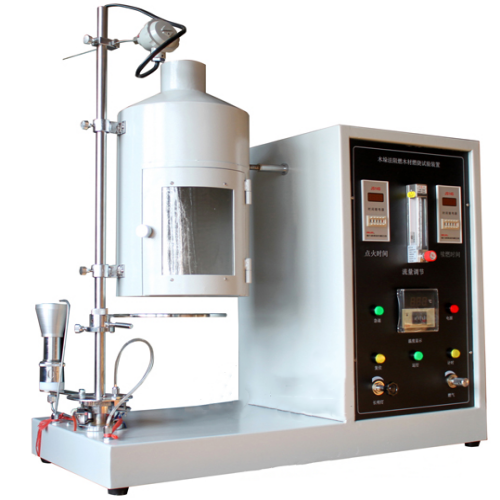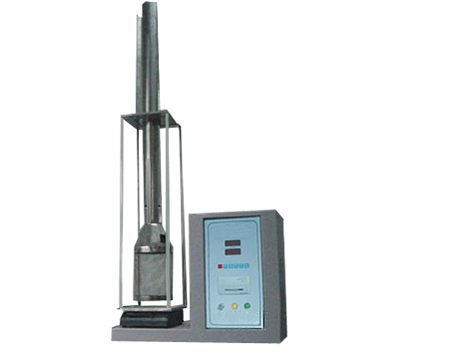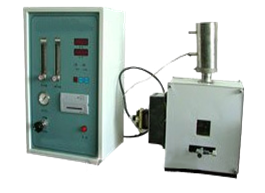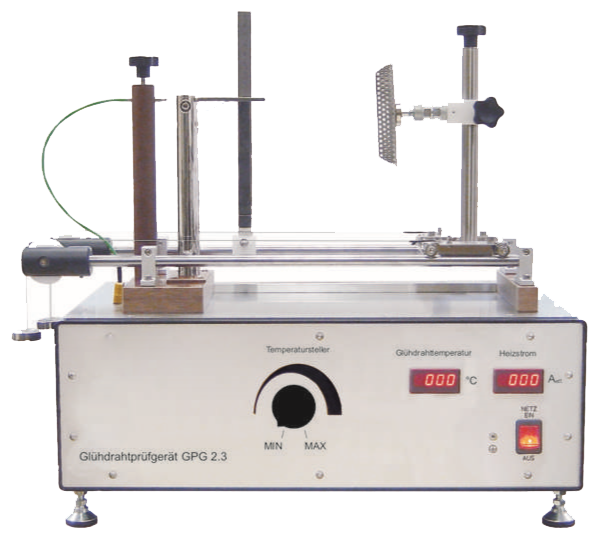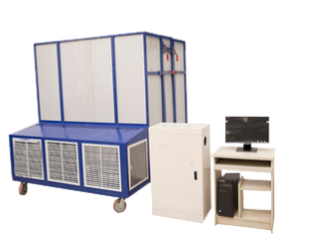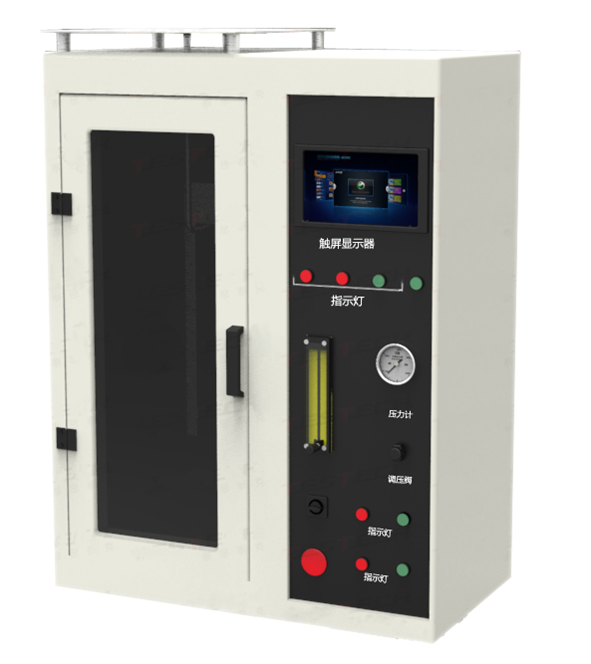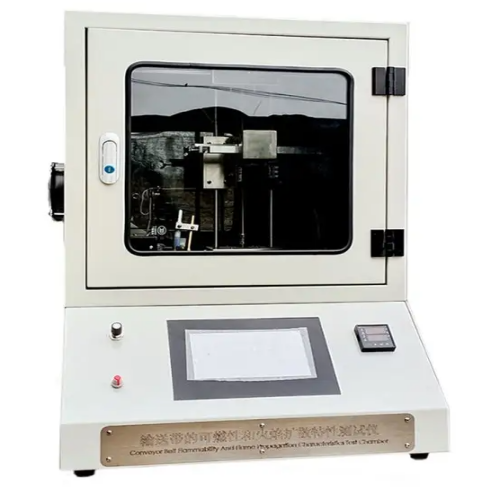Semi-Automatic Sample Recovery System
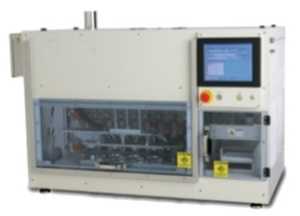
NGI sample recovery system (NSRS) is a semi-automated sample recovery system that accepts the NGI components, dissolves the collected particles, and places one or more sets of samples into HPLC-ready vials for subsequent analysis. It improves the reproducibility and efficiency of the sample recovery methods employed during inhaler testing, increases R&D and QC laboratory throughput, and frees technical staff for other duties. The NSRS will recover the samples from the mouthpiece adapter, induction port, stages 1 through 7 and the MOC. The NSRS comes complete with appropriate safety features, on-site installation and training, full FAT/IQ/OQ documentation, and a 1-year warranty.
Features
Typically, the 15-50mL solvent needs to increase the number of cleaning cycles, if necessary, it also can be a small capacity volume. Any solvent can be used in any test.
During the operation, the cup holder is securely secured by the mixing head to enhance the sealing system, allowing the amount of solvent to be introduced into each cup to flush out the contents of the cup and circulate through the mixing ring.
Two pneumatic brakes at the sensing port have the same function.
Sample mobile phone and waste mobile phone module are located on the right side of the main processing area and is equipped with a shatterproof transparent safety glass.
The sample area contains four Agilent or chromatographic bottle racks, each of which can accommodate 48 vials in 8x6 configurations.
The whole operation takes about 12-15 minutes. At the end of the run, the pneumatic brake at the mixing head and the sensing port is withdrawn to allow full entry into the sample preparation area and the entire system installation unit is flushed to prepare for the next test.
The entire system is controlled by the built-in computer touch-sensitive screen. It’s easy to use, and the Windows system software can store each detection method and provide full run display.
Features
After the test, the operator disassembles the impactor and places different components, interface adapters, induction ports and saucer with cup collector in the individual fixtures on the sample collection station .
Each element has its own dedicated recovery channel to be cleaned in the form of a closed liquid cleaning ring. When in the recovery of 1-7 cups and micro-hole collector, It needs the ejector pump, two-way metering pumps, solvent holding bottles, electromagnetic valve, the installed fixture components, check valves and dispensing needles.
Features
Typically, the 15-50mL solvent needs to increase the number of cleaning cycles, if necessary, it also can be a small capacity volume. Any solvent can be used in any test.
During the operation, the cup holder is securely secured by the mixing head to enhance the sealing system, allowing the amount of solvent to be introduced into each cup to flush out the contents of the cup and circulate through the mixing ring.
Two pneumatic brakes at the sensing port have the same function.
Sample mobile phone and waste mobile phone module are located on the right side of the main processing area and is equipped with a shatterproof transparent safety glass.
The sample area contains four Agilent or chromatographic bottle racks, each of which can accommodate 48 vials in 8x6 configurations.
The whole operation takes about 12-15 minutes. At the end of the run, the pneumatic brake at the mixing head and the sensing port is withdrawn to allow full entry into the sample preparation area and the entire system installation unit is flushed to prepare for the next test.
The entire system is controlled by the built-in computer touch-sensitive screen. It’s easy to use, and the Windows system software can store each detection method and provide full run display.
Features
After the test, the operator disassembles the impactor and places different components, interface adapters, induction ports and saucer with cup collector in the individual fixtures on the sample collection station .
Each element has its own dedicated recovery channel to be cleaned in the form of a closed liquid cleaning ring. When in the recovery of 1-7 cups and micro-hole collector, It needs the ejector pump, two-way metering pumps, solvent holding bottles, electromagnetic valve, the installed fixture components, check valves and dispensing needles.
Note:QINSUN is very in place for textile testing and quality control,we have our own textile testing lab. Our textile testing equipment and testing methods are in the leading position in the industry. We have passed the textile testing certification and iso textile testing standards issued by a number of testing,We can provide textile testing equipment pdf manual. Sufficient inventory, big discounts, limited time promotion, Order now!
Leave Message Get Price




